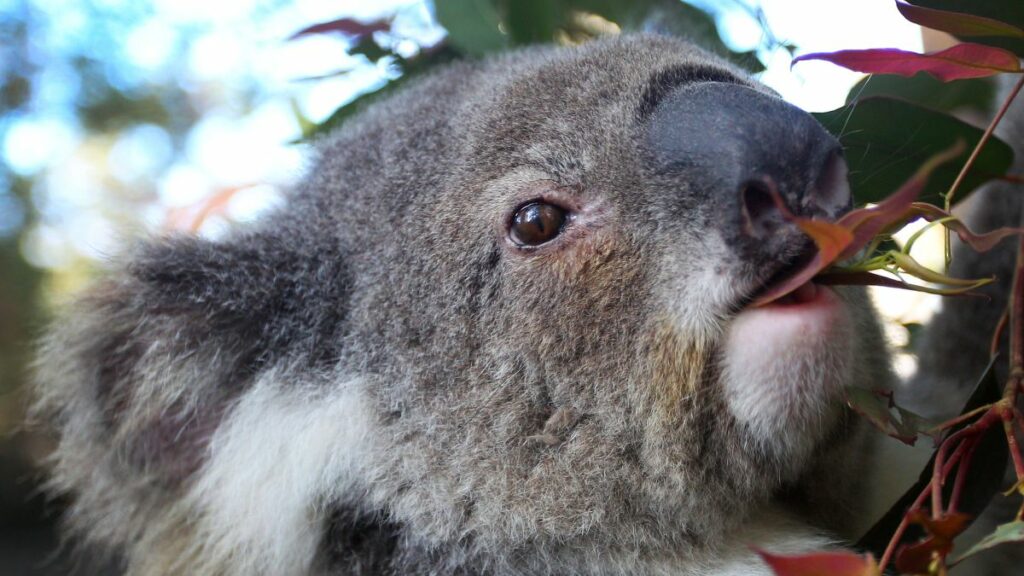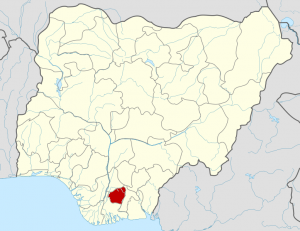Koalas are dying from chlamydia, and climate change is making it worse

The culprit is chlamydia, a sexually transmitted virus that infects more than 100 million people worldwide annually and can cause infertility in humans if left untreated.For koalas, uncontrolled chlamydia can cause blindness and painful cysts in a animal’s reproductive tract that may lead to infertility or even death. Worse still, antibiotics used to treat the disease can destroy the delicate gut flora koalas need to consume their staple diet of eucalyptus leaves, leading some to starve to death even after being cured.The disease can also spread quickly. In 2008, there was a “very, very low chlamydial prevalence” — about 10% — in the koala population in Gunnedah, a rural town in northeast New South Wales, according to Mark Krockenberger, a professor of veterinary pathology at the University of Sydney. By 2015, that figure had risen to as high as 60%. Now, about 85% of that koala population is infected with the virus, Krockenberger said.”If you think about it, that’s not a viable population anymore because of infertility. Pretty much every female that’s infected with chlamydia becomes infertile within a year, maybe two years maximum … Even if they survive, they’re not breeding,” he said.Experts say situations like that in Gunnedah are playing out among koala populations across Australia, threatening populations already vulnerable to worsening bushfires and habitat loss due to deforestation.Scientists are now trialing vaccines against chlamydia to protect the animals.”We run a very high risk, if this vaccine strategy doesn’t work … of localized extinctions,” Krockenberger said.Are koalas endangered in Australia?There are few more emblematic Australian animals than the koala. The gray, fluffy-eared marsupial, which eats leaves from the eucalyptus tree and carries its young in its pouch, can only be found in Australia and is regularly seen in cultural representations of the country.But koalas face a number of threats to their survival. Apart from disease, the marsupials suffer habitat loss and are often attacked by wild dogs and hit by cars.The koala is listed as “vulnerable” on the International Union for the Conservation of Nature’s (IUCN) Red List, which catalogs species at risk of extinction. The IUCN says there are between 100,000 and half a million koalas in the wild, but the Australian Koala Foundation says the number is closer to 58,000. Confusion about the size of Australia’s koala population inspired the government to commit 2 million Australian dollars ($1.47 million) last year to a national koala census to work out where they are and how many are left.The country’s koala population suffered severe losses during the catastrophic bushfires of 2019, which destroyed more than 12 million acres (48,000 squares kilometers) of land across New South Wales alone.The fires killed or displaced nearly 3 billion animals, according to the World Wide Fund for Nature (WWF). That figure includes more than 60,000 koalas that either died, lost their habitat or suffered injury, trauma, smoke inhalation and heat stress from the flames.University of Sydney’s Krockenberger, who is involved in a separate vaccine trial, said the purpose of the drug isn’t to reverse the progress of the disease in individual koalas. “Once they’re chronically infected, they’re often able to live reasonably happily, they just can’t breed,” he said.He said instead the hope is that by reducing the levels of infectiousness in koalas with chlamydia, researchers will be able to prevent the virus from spreading to new hosts and thereby maintain a breeding population.”We also hope that the unaffected animals, when they’re vaccinated, are more resistant to picking up the infection,” he said.Timms said once the vaccine is proved to be safe and effective, he hopes to roll it out to wildlife hospitals around Australia to vaccinate any koalas who come through their doors.He said that people often ask him how he is going to vaccinate “the last koala in the last tree” for chlamydia, to which Timms responds he’s “not even going to try.” All he can do is try to save as much of the population as possible.After all, “these are wild animals,” he said.






